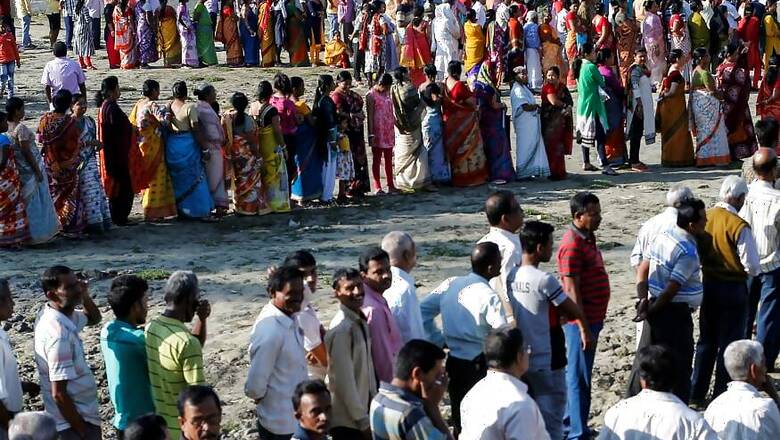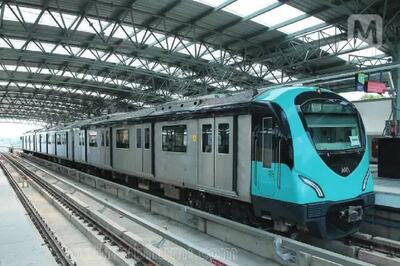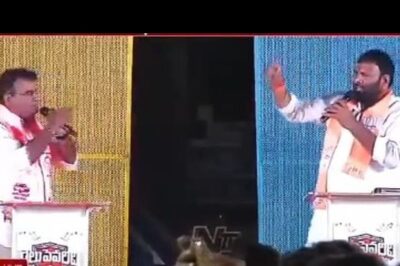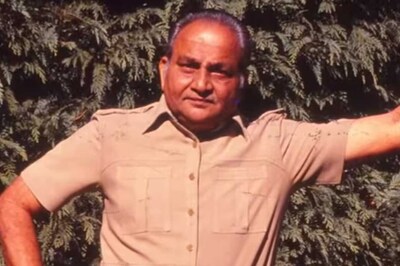
views
New Delhi: Of the 116 seats that go to polls in phase three of the Lok Sabha elections on Tuesday, 10 are from politically crucial Uttar Pradesh. While seven of these constituencies form part of what is popularly known as Rohilkhand, the remaining three fall in the western region of the state. These seats are Aonla, Budaun, Bareilly, Etah, Firozabad, Mainpuri, Moradabad, Pilibhit, Rampur, and Sambhal.
In 2014, the Bharatiya Janata Party (BJP) had won seven of these seats, whereas the Samajwadi Party (SP), which bagged five seats in total throughout the state, managed to secure Budaun, Firozabad, and Mainpuri amid the ‘Modi wave’.
However, party performances since 1996 show that though it has largely been a battle between the SP and the BJP, the former has maintained a comfortable lead on these 10 seats with an exception of 2014.
On an average, over the course of six Lok Sabha elections between 1996 and 2014, the SP has had a vote-share of nearly 34 per cent. On the other hand, BJP has held a vote-share of roughly 32 per cent during the same time period.
Based on seat conversion, among the constituencies that the SP won in 2014, it has never lost Budaun and Mainpuri since 1996 (SP fought for Lok Sabha for the first time in 1996), whereas it has consistently held Firozabad since 1999. In Sambhal, of the five times that the party contested from the constituency, it emerged victorious thrice. Similarly, it has won Aonla, Pilibhit and Rampur twice over the span of six general elections.
BJP, at the same time, has been strong in Bareilly and Pilibhit.
While the saffron party had won big in the 2014 Lok Sabha elections, it certainly improved its performance significantly — if not substantially — during the 2017 assembly polls in the state. Of the 50 assembly segments that fall under these 10 Lok Sabha constituencies, the BJP won 34 in 2017 compared to its 2012 tally of just six. The remaining 16 were won by the SP.
Interestingly though, a major shift in voter preference was observed in the assembly elections in 2017 over the results of the corresponding Lok Sabha constituencies. The BJP managed to win four of five assembly segments in Budaun and Firozabad, seats which were won by the SP in 2014 and are the party’s traditional strongholds. Similarly, the SP registered victory in seven of the 10 assembly segments of Rampur and Sambhal, both of which were won by the BJP in 2014 general elections.
But in politics, as they say, nobody is an eternal friend or an enemy. Therefore, after a staunch rivalry of more than two decades, SP and Mayawati’s Bahujan Samaj Party (BSP) are now contesting as partners with Ajit Singh’s Rashtriya Lok Dal (RLD) as its third constituent. This changes the equation on these seats to a great extent.
The BSP, which ended up with ‘zero’ seats, had gathered roughly 14 per cent of the votes in 2014. Simply put: the SP-BSP combine would have won four seats more — Aonla, Moradabad, Rampur, and Sambhal — in addition to Budaun, Firozabad and Mainpuri that SP won on its own, had the two fought together in 2014. Additionally, the BSP gathered about 19 per cent of the total valid votes in this region in 2017, an improvement over its Lok Sabha performance.
Furthermore, the caste and religious demographics in these constituencies puts the gathbandhan on a strong footing here.
The region has a heavy concentration of Muslims, who form roughly a quarter of the electorate on an average and, in fact, make up for more than 40 per cent of the population in at least four of the 10 constituencies. Dalits and Yadavs also have a sizeable share of the electorate, which makes the Dalit-Muslim-Yadav quite strong.
Also, in these seats, the contest seems to be narrowing down to a direct contest between the BJP and the Gathbandhan. The Congress, which is fighting it out on its own after being left out of the alliance, is a marginal player.
Mulayam Singh Yadav’s brother Shivpal Singh of Pragatisheel Samajwadi Party (PSP) will also be attempting to make a dent in the SP’s Yadav vote-base, epecially in Firozabad where he is in the fray against Akshay Yadav, Mulayam’s nephew.
Apart from this, other high-profile candidates whose fate will be sealed in this phase are Mulayam Singh Yadav from Mainpuri, BJP’s Varun Gandhi from Pilibhit and a direct battle between SP’s Azam Khan and former SP leader and Member of parliament Jaya Prada, who is contesting on a BJP ticket.




















Comments
0 comment